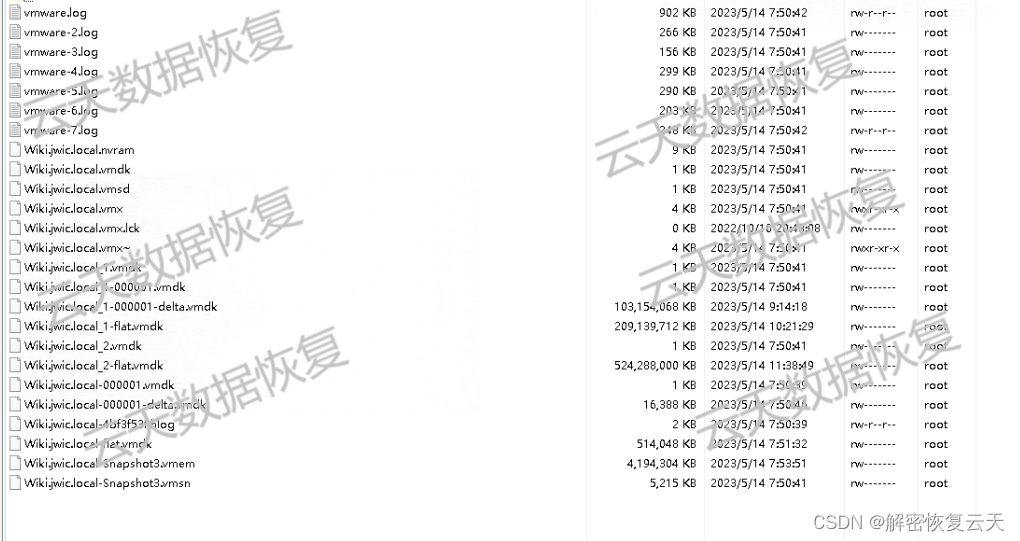Recently, we received a request for help from a China Construction Group. The vmware virtual machine inside the company was attacked by the lockbit2.0/3.0 ransomware virus. For a while, all the files in the company could not be called, resulting in a lot of work stagnation. Later, after consultation, we learned that The ransomware virus will not only attack our vmware virtual machine, but also encrypt our windows system, which will cause the computer to be double-encrypted, which will bring greater difficulties to the later decryption and recovery work. And the early lockbit ransomware attack was in 2019. With the continuous development of computer technology, the lockbit ransomware also upgraded the encryption algorithm and derived two types of ransomware of the same type, lockbit2.0 and lockbit3.0, and the main attack target is the group Enterprise virtual machine server. Once locked by the lockbit2.0/3.0 ransomware virus, it is very likely to cause permanent data loss and leakage, causing serious economic losses to the enterprise.

First, we need to understand the LockBit 2.0/3.0 ransomware. LockBit 2.0/3.0 ransomware is a new type of ransomware that uses encryption algorithms such as RSA-2048 and AES-256 to encrypt files so that users cannot access their own files. Attackers send ransom messages to victims, demanding payment in virtual currencies such as Bitcoin to decrypt files. Additionally, the virus leaves a "Restore-My-Files.txt" file on the victim's computer, which contains the attacker's contact and payment instructions.

So, how to decrypt LockBit 2.0/3.0 ransomware? At present, some decryption tools on the market cannot completely decrypt the lockbit2.0/3.0 ransomware. The attacker uses a very advanced encryption algorithm, and even the best decryption tools cannot completely crack it. Therefore, if our system is attacked by LockBit 2.0/3.0 ransomware virus, the best solution is to consult a professional data recovery vendor or use the latest backup data to reinstall the system to complete the recovery. Yuntian Data Recovery Center has a team of experienced and professional data recovery engineers and professional data recovery equipment for many years. It has rich experience in decrypting various ransomware viruses on the market. For data that cannot be recovered by other companies, you may wish to give Yuntian Data Recovery Center a try. Maybe there will be a miracle happen, we guarantee that there will be no charge for unsuccessful recovery, and we can also provide us with professional free testing services, with high data recovery integrity and safer data recovery.

Secondly, how to better prevent LockBit 2.0 ransomware attacks? Here are a few suggestions:
1. Install anti-virus software: Installing a reliable anti-virus software can effectively prevent the invasion of malware such as LockBit 2.0/3.0 ransomware.
2. Update operating system and software: Keeping our operating system and software updated in a timely manner can fix vulnerabilities and improve system security.
3. Back up data: Backing up our data regularly can keep the data safe and restore the data quickly after being attacked.
4. Strengthen network security: By strengthening network security measures, such as using firewalls and VPNs, the intrusion of malicious software can be effectively reduced.

In conclusion, if our system is attacked by LockBit 2.0/3.0 ransomware, please do not pay the ransom easily. Paying the ransom does not guarantee that our files will be decrypted, and it encourages attackers to continue secondary extortion campaigns. Instead, we should consult a professional data recovery agency to help us solve the problem. The virtual machine of the group company is a very important system. Once it is attacked by the lockbit2.0/3.0 ransomware virus, it will cause serious economic losses. Prevention is always more important than recovery afterwards.